Luxor, sometimes referred to as “the world’s largest open-air museum,” is a city that epitomizes the magnificence of ancient Egypt. On the banks of the mighty Nile, Luxor is home to temples, tombs, and archaeological treasures that tell the tale of a civilization that flourished for thousands of years. Let's know why to add Luxor to your Egypt tours plan.
At Next Holiday Travel we invite you to travel back in time through our Egypt travel packages and visit the temples of Luxor where the mysteries of Egypt’s past await you.
Luxor and Karnak Temples
We begin our journey at the Karnak temple complex, where ancient Egyptian architecture meets religious devotion. The temple complex is dedicated to the God Amun-Raa and is a vast maze of massive columns, obelisks, and exquisitely decorated temples. As you pass through the great hypostyle hall, you’ll be met by an impressive forest of 134 colossal columns, carved with intricate hieroglyphs and images of pharaohs in the guided Luxor day tours. The sacred lake that once served as a purification lake is an integral part of the temple’s mystique Karnak temple is like a living museum, with every stone telling a story The sheer scale of the temple will leave you in awe The old safe haven of Luxor is organized at the point of convergence of the state-of-the-art city of Luxor and is an exhibition of the power of the Egyptian pharaohs. Its significance is exemplified by its sphinx street, which once associated the safe haven with Karnak Temple and is an astounding sight during Egypt classic tours. The passage is upgraded with tremendous figures depicting Ramses II and within is brightened with low-down reliefs that relate to the record of the asylum's past. At nightfall, the safe haven is illuminated with a heavenly shimmer, making it an ideal target for those attempting to research the fortunes of Luxor.
Valley of the Kings

Touring the Valley of the Kings is like venturing into the last resting place of pharaohs and aristocrats from Egypt's New Kingdom period. This desert valley, with its desolate slopes, covers an underground world of lavishly enhanced burial chambers that you must explore in your Egypt luxury tours.
The most popular of these burial chambers is that of Tutankhamun, whose internment chamber contained fortunes of incomprehensible worth. The impeccable masterfulness and tender loving care in the burial chamber artworks and pictographs give significant bits of knowledge into old Egyptian convictions about the hereafter.
Exploring the Valley of the Kings is a captivating excursion into the secrets of the pharaohs and their mission for eternality that's interesting to be shared with your family in Egypt family tours. While certain burial places are shut to general society, many are open for exploration, each with its own one-of-a-kind history and creative quality.
Valley of the Queens
Contiguous to the Valley of the Queens is the Valley of the Sovereigns, where the spouses and offspring of pharaohs were let go. These burial places, however more modest in scale contrasted with those of their regal partners, are enhanced with bright frescoes and elaborate embellishments that offer a brief look into the existence of the old tip-top.
The burial place of Nefertari, the most loved spouse of Ramses II that owns a temple in Abu Simbel Temple, is viewed as one of the most gorgeous in the valley, with its lively work of art and amazingly saved scenes. The Valley of the Sovereigns is a position of reflection and respect, where the tales of sovereigns and princesses are scratched on the walls of their timeless homes.
Deir el-Medina in Luxor
Only west of the Valley of the Kings lies Deir el-Medina, a very much saved old town that once housed the gifted skilled workers and workers who fabricated the imperial burial chambers. The town gives a remarkable understanding of the day-to-day routines of these specialists, from their homes to the instruments they utilized for burial chamber development.
The laborers' burial chambers in Deir el-Medina are additionally outstanding for their itemized portrayals of day-to-day existence and strict scenes, you can sail to this place during Egypt Nile Cruises tours. A less popular however huge archeological site adds profundity to the comprehension of Luxor's set of experiences.
Temple of Queen Hatshepsut
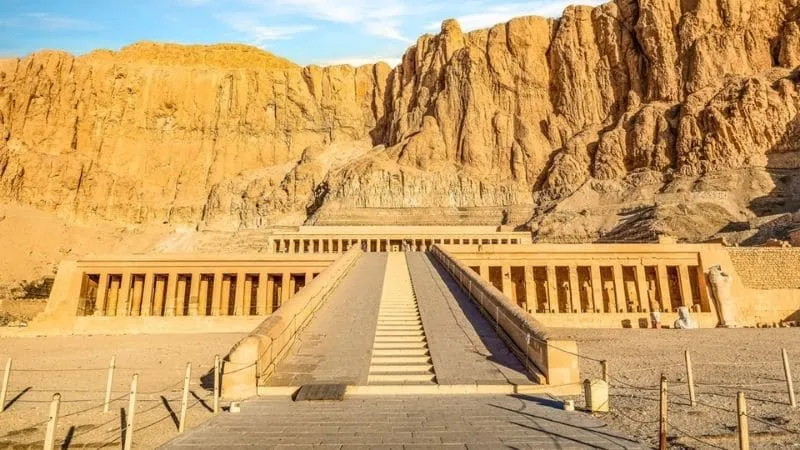
Designed in the style of Egypt’s most famous woman pharaoh, the Mortuary Temple is a stunning architectural masterpiece. The terraced structure of the temple and its colonnaded hallways blend in perfectly with the cliffs surrounding it. The temple’s reliefs and carved inscriptions tell the story of the queen’s accomplishments and her divine birth, providing insight into her captivating reign. The fact that the temple is located in the Valley of the Kings only heightens its historical significance. Hatshepsut Temple is one of the most important tours in our Egypt honeymoon tours to share new memory with your partner.
Medinet Habu Ramses III Temple
Medinet Habu Ramses III's mortuary temple, Medinet Habu, is another of Luxor’s hidden gems that you should visit during your Egypt Nile Cruise travel packages. This vast complex is full of well-preserved frescoes and inscriptions that offer priceless historical information. The temple was dedicated to the God Amun and also functioned as a royal palatial residence. Visitors to Medinet Habu can immerse themselves in the world of the ancient pharaohs, witnessing their triumphs and triumphs through detailed art and architectural beauty. Memnon’s Colossi: Guardians of the Past The two colossal statues of Memnon, which once stood guard over Amenhotep III’s mortuary temple, are an example of the ancient Egyptians’ architectural and artistic skill. At over 18 meters in height, the Colossi.
The temple itself is largely in ruins, but the Colossi (Memnon’s Tomb) still stands proudly, welcoming visitors. According to legend, the statues “sing” at dawn, which is attributed to temperature changes.
In conclusion, Luxor’s temples and tombs aren’t just archaeological sites. Every stone, every carving, and every inscription tells the story of an ancient civilization that flourished for thousands of years. Next Holiday Travel believes that the treasures of Luxor represent the eternal legacy of Egypt’s past.
From the colossal columns of Karnak Temple to the awe-inspiring statues of Luxor Temple, to the underground world of the Valley of the Kings, you’ll be transported back to the land of the pharaohs and the gods. The temples and tombs of Luxor are more than just archaeological sites. They are living connections to an ancient civilization that still inspires awe and wonder.


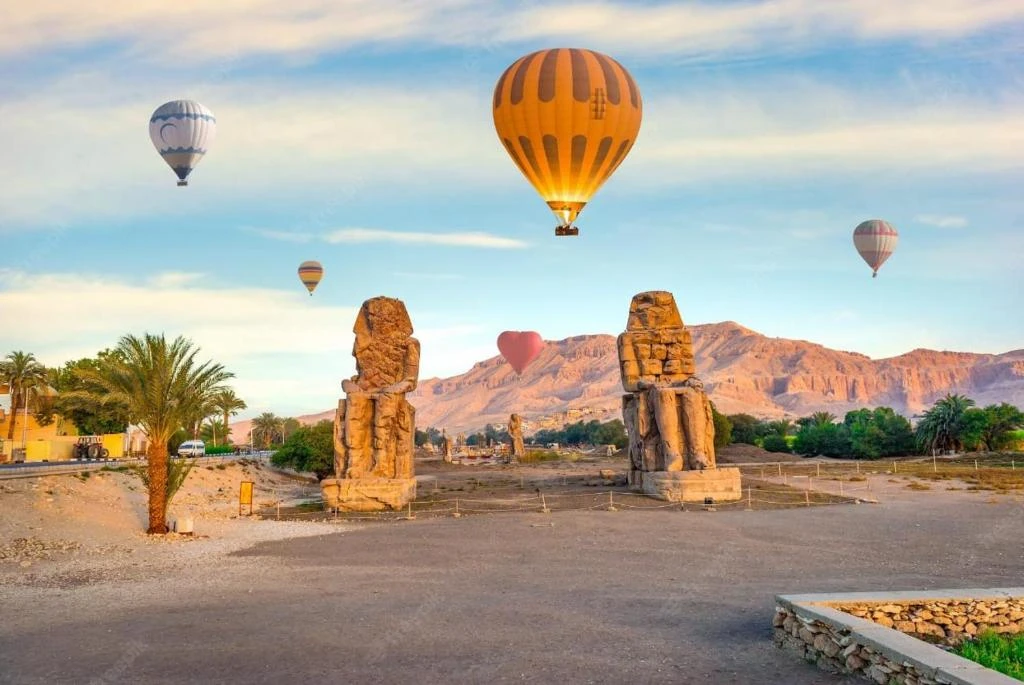



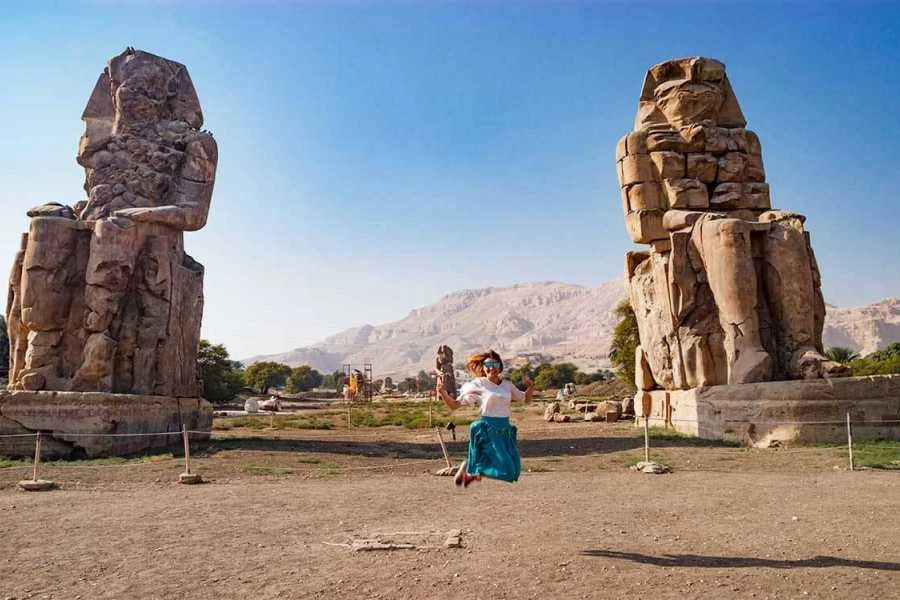













-webp.webp)




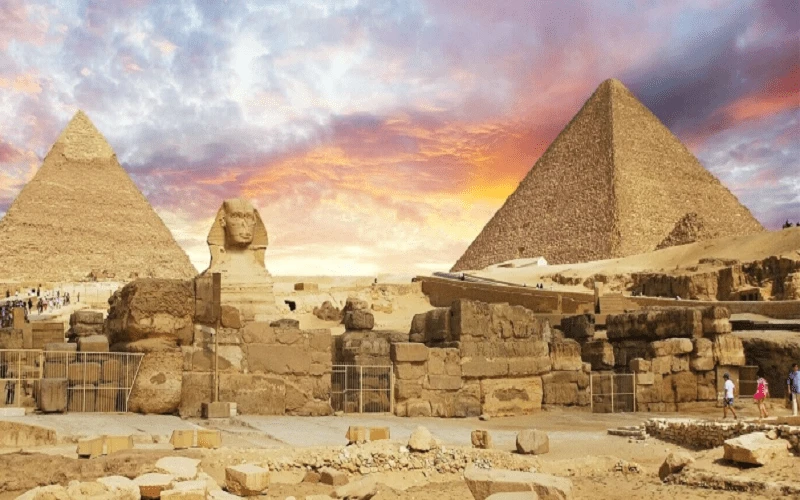


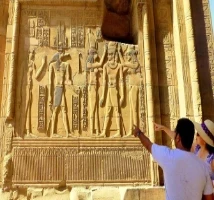
-webp.webp)





-webp.webp)



-webp.webp)


